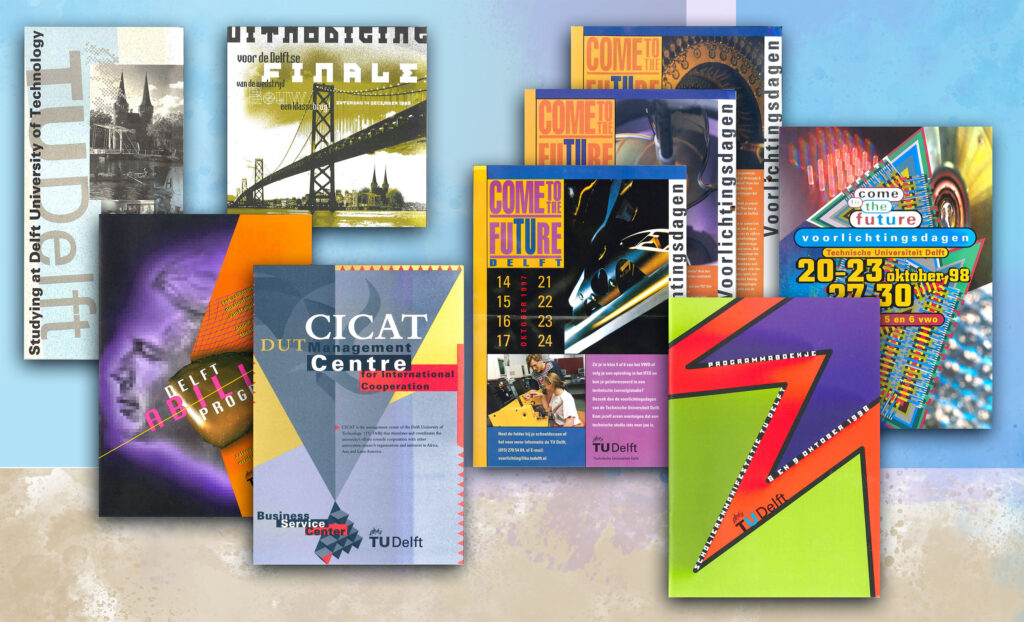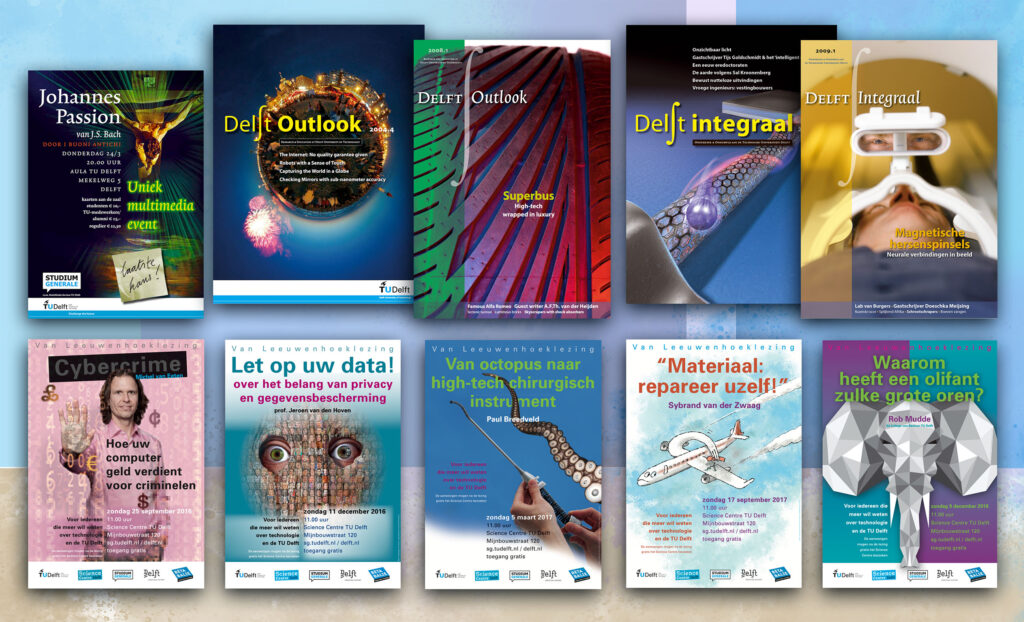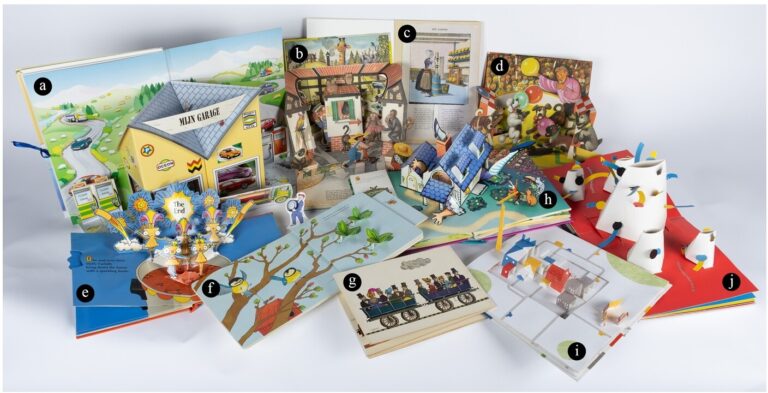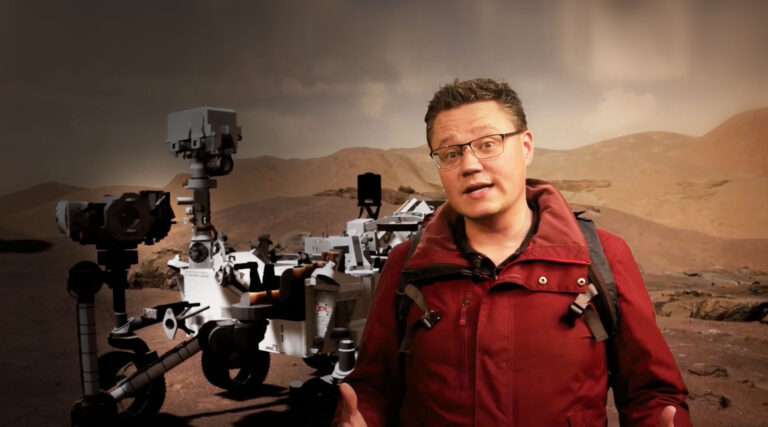Inside NMC Graphics: The Story of Cok Francken
If you’ve ever seen a clear, beautifully designed poster, infographics or animation at TU Delft, there’s a good chance the New Media Centre’s Graphics Department was behind it.
And if you’ve been around long enough, you’ve probably heard of Cok Francken — one of the longest-serving and most experienced designers on the team.
From a print shop to TU Delft
Cok’s design story started completely by accident. At 18, he cycled past a print shop, saw a “help wanted” sign, and walked in. That job turned into a passion for graphic design.
He later studied at the Royal Academy of Art in The Hague, earned his degree, and worked as a freelance designer for agencies in Amsterdam before joining TU Delft about 30 years ago.
Over the years, he’s worked on everything from booklets and identity systems to large wall installations — always focusing on one question: does it communicate clearly?
For him, good design means three things:
- It communicates the message.
- It looks good and feels balanced.
- It fits the client’s budget and purpose.
“ AI helps, but you still need taste and experience.”
Collage with an overview of Cok Francken’s earlier and more recent graphic work.
Working big — from moving trucks to faculty walls
Over the years, Cok has worked on almost every kind of design imaginable — from small printed materials to large-scale visual installations. But what really stands out are his big designs.
Earlier in his career, he created graphics for trucks and large vehicles, covering entire 18-meter-long lorries with bold visuals and logos. “Designing for that scale is different,” he explains. “You have to think about movement, distance, and how people will see it in a few seconds as it drives by.”
That experience with scale and proportion became incredibly useful later on at TU Delft, where Cok moved from moving walls to stationary ones — like the recent Safety Science wall at the Faculty of TPM. The principles were similar: large format, long surfaces, and the challenge of keeping the design readable, balanced, and beautiful.
How he works
Cok starts most of his projects the old-fashioned way — with pencil and paper.
“I like to show my hand in my work,” he says. “It helps me think”, he says.
Cok’s creative process goes far beyond sitting at a screen. He enjoys exploring different tools and techniques. “I use all the media that I can use. I use my camera as well — when I see things that might be interesting, I take photographs, and then I might use them for my work.”
That openness keeps designs alive and authentic. Real-world textures, colors, and details often find their way into his projects, giving his work a sense of warmth and originality that purely digital design sometimes lacks.
Sometimes he uses AI tools to clean or restore low-quality images — like old posters — but always with a designer’s eye. “AI helps,” he says, “but you still need taste and experience.”
That combination of skill, creativity, care, and patience is what makes Cok — and the whole NMC Graphics team — stand out. They take complicated stories and make them easy to understand and beautiful to see.
Graphic Design: Cok Francken
Author: Irina Tripapina







